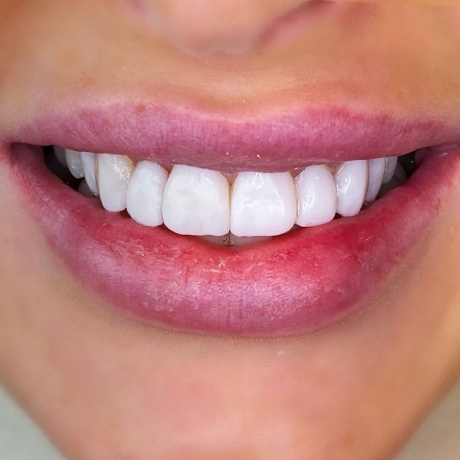One of the most common concerns for patients considering cosmetic dental treatments is, will composite bonding look natural? The answer is yes—when done correctly by an experienced dentist, Composite Bonding in Dubai can blend seamlessly with your natural teeth. The materials used are designed to mimic the color, texture, and translucency of real enamel, creating results that are both subtle and beautiful. Still, several factors affect how natural the final result will appear, including shade matching, tooth preparation, and the skill of your provider.
How Dentists Create a Natural Look?
Achieving a natural appearance with composite bonding requires more than simply applying resin. A skilled cosmetic dentist will take the time to carefully sculpt and polish the material, ensuring it blends flawlessly with the surrounding teeth.
Steps to achieve natural results include:
-
Color matching the composite resin to your existing tooth shade
-
Shaping the bonding material to mirror the contours of your natural teeth
-
Polishing the surface to match the shine and texture of enamel
-
Layering the resin for depth and translucency, like real teeth
-
Checking the result under natural lighting for final adjustments
These steps ensure that bonded teeth don't appear bulky, too white, or mismatched—common pitfalls when bonding is done without aesthetic precision.
Factors That Influence the Final Appearance:
While composite bonding has the potential to look incredibly natural, the outcome depends on a variety of factors. Your individual dental condition and habits also play a role in how well the bonding integrates with your smile over time.
Key factors that affect the look of bonding include:
-
Tooth condition—heavily stained or damaged teeth may require more material, making blending harder
-
Size and location of the bonding area—small repairs are easier to hide than large reconstructions
-
Resin quality and color—higher-grade materials provide better light reflection and aesthetics
-
Dentist's expertise—a trained cosmetic dentist is essential for the best visual results
-
Oral hygiene and maintenance—bonding can stain over time if not properly cared for
By addressing these factors during your consultation, your dentist can provide realistic expectations about the final appearance.
Common Aesthetic Uses of Composite Bonding:
Composite bonding is often used for cosmetic improvements where appearance is the primary concern. Its versatility allows dentists to correct a range of imperfections without altering natural tooth structure.
Composite bonding is ideal for:
-
Closing small gaps between teeth
-
Reshaping uneven or worn teeth
-
Covering deep stains that whitening can't remove
-
Repairing minor chips or cracks
-
Improving symmetry across your smile
These applications, when done well, can dramatically enhance your smile while keeping it looking natural and authentic—not artificial or “too perfect.”
Maintaining the Natural Look Over Time:
To keep your Composite Bonding looking as natural as the day it was applied, good oral care is essential. While bonding is durable, it is more prone to staining and wear than porcelain alternatives like veneers.
Tips for long-lasting natural results:
-
Avoid staining substances like coffee, tea, red wine, and tobacco
-
Brush with non-abrasive toothpaste to protect the polished surface
-
Schedule regular dental cleanings and check-ups
-
Limit biting on hard objects like pens, nails, or ice
-
Use a nightguard if you grind your teeth at night
Following these tips can extend the life of your bonding and maintain its natural appearance for years.
Final Thoughts: Will It Really Look Like My Real Teeth?
So, will composite bonding look natural? Yes—when done with care, precision, and artistic detail, composite bonding can be nearly indistinguishable from your real teeth. In fact, many people won't even notice you've had any dental work done. Choosing an experienced cosmetic dentist is key to ensuring the final result enhances your smile while preserving its unique character.
Before committing to the procedure:
-
Discuss your aesthetic goals with your dentist
-
Ask to see before-and-after photos of previous bonding patients
-
Request a mock-up or digital preview if available
-
Start with one or two teeth if you're unsure about full treatment
-
Review the pros and cons of bonding vs. alternatives like veneers
Ultimately, composite bonding remains one of the most natural-looking and conservative cosmetic dental treatments available—perfect for patients seeking beauty without sacrificing authenticity.






